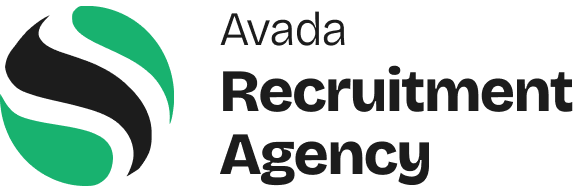table of contents
SEO Best Practices for Bloggers: Elevate Your Content and Drive Engagement
In the ever-evolving world of digital marketing, understanding SEO best practices for bloggers is crucial for enhancing visibility and driving engagement. Whether you’re a seasoned writer or just starting your blogging journey, implementing effective SEO optimization techniques can significantly improve your content’s reach. This guide provides essential strategies to elevate your content and connect with a wider audience.
1. Conduct Thorough Keyword Research
One of the foundational elements of any successful blog is effective keyword research. Knowing what your audience is searching for allows you to tailor your content accordingly. Here are some tips to guide your keyword research:
- Utilize tools like Google Keyword Planner, SEMrush, or Ahrefs to identify relevant keywords.
- Focus on long-tail keywords to target specific queries that align with your content.
- Analyze competitors’ blogs to discover popular keywords and topics.
2. Develop a Strong Content Strategy
A well-defined content strategy is essential for maintaining consistency and quality. Your strategy should incorporate:
- Content themes that resonate with your target audience.
- A content calendar to plan and organize your posts effectively.
- An analysis of previous posts to determine what works best in terms of engagement.
3. Optimize On-Page Elements
On-page SEO is crucial for enhancing your blog’s visibility in search engine results. Key elements to optimize include:
- Title Tags: Include your primary keyword and keep it under 60 characters.
- Meta Descriptions: Write compelling descriptions that encourage clicks, ideally between 150-160 characters.
- Headers: Use H1, H2, and H3 tags strategically to improve readability and structure.
4. Create High-Quality, Engaging Content
Content is king in the blogging world. To engage your audience and improve dwell time on your blog:
- Write informative and valuable content that addresses your readers’ pain points.
- Use captivating visuals to complement your text and keep readers interested.
- Incorporate storytelling techniques to create a connection with your audience.
5. Leverage Internal and External Links
Linking plays a vital role in SEO optimization. Internal links help readers navigate your blog, while external links to reputable sources can enhance credibility. Consider the following:
- Link to relevant posts within your blog to boost page views and decrease bounce rates.
- Include external links to high-authority sites to provide additional value to your readers.
6. Optimize for Mobile and Page Speed
With the increasing number of mobile users, ensuring your blog is mobile-friendly is essential. Additionally, page loading speed can significantly impact user experience and SEO rankings:
- Use responsive design to ensure your blog adapts to different devices.
- Optimize images and utilize caching to enhance loading times.
7. Monitor and Analyze Performance
Finally, to continually improve your SEO strategies and overall blog performance, regular monitoring is crucial. Utilize tools like Google Analytics to track:
- Traffic sources and user behavior on your site.
- Engagement metrics such as bounce rate and average session duration.
- Keyword performance to identify areas for improvement.
By implementing these SEO best practices for bloggers, not only can you elevate your content, but you can also drive meaningful engagement with your audience. If you’re looking for personalized assistance in optimizing your blog for search engines, feel free to reach out for expert guidance and support.



